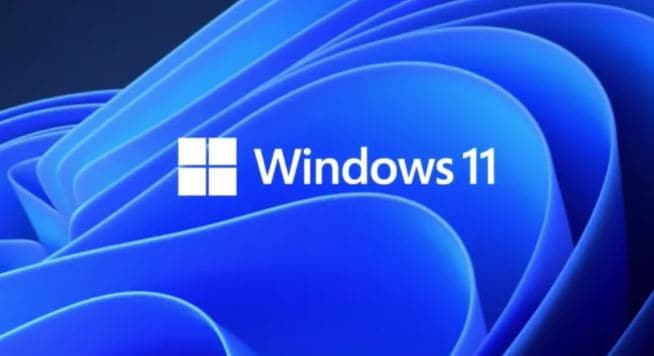Top Reasons for Businesses To Move from Windows 10 to Windows 11

Part of a series: Windows 10 end-of-life
The transition from Windows 10 to Windows 11 offers organizations several compelling advantages that can lead to significant cost savings. Windows 11 introduces improved security features, better performance, a modern user interface, enhanced multitasking capabilities, and futureproofing through extended support and compatibility. These advancements can contribute to cost savings in various areas, including reduced risk of cyber-attacks and associated financial losses, increased employee productivity, lower hardware and energy costs, reduced training expenses, and optimized IT investments.
The table below outlines the top reasons for upgrading to Windows 11 and how each reason can translate into potential cost savings for businesses.
| Reason | Potential Cost Savings |
|---|---|
| Improved Security | – Reduced risk of cyber-attacks, data breaches, and associated financial losses and legal penalties – Lower costs for incident response, remediation, and downtime – Compliance with industry standards and regulations, avoiding fines and penalties |
| Better Performance | – Increased employee productivity due to faster startup times, file transfers, and smoother multitasking – Reduced hardware upgrade costs by extending lifespan of existing hardware – Lower energy costs due to improved power management and efficiency |
| Modern User Interface | – Improved user satisfaction and reduced training costs due to intuitive and user-friendly interface – Potential increase in employee productivity with streamlined and efficient workflow |
| Improved Multitasking | – Increased employee productivity by enabling better organization and efficient handling of multiple tasks and applications simultaneously – Reduced time spent on context switching and managing multiple windows |
| Future-Proof | – Extended support lifecycle, reducing the need for frequent and costly operating system upgrades – Access to the latest features and security updates, minimizing potential vulnerabilities and associated costs – Compatibility with future hardware and software, reducing the risk of premature hardware replacements or software incompatibilities |
This table highlights how the key features and improvements in Windows 11 can translate into tangible cost savings for organizations, including reduced security risks, increased employee productivity, lower hardware and energy costs, reduced training expenses, and optimized IT investments.
Things to consider before moving?
While the potential benefits of Windows 11 are significant, organizations should evaluate and properly plan, test and roll out a change management strategy to help mitigate potential risks associated with a successful transition to Windows 11. Some of the things to be aware of when moving to Windows 11 include:
- Hardware Compatibility: Windows 11 has more stringent hardware requirements compared to previous versions, such as requiring a Trusted Platform Module (TPM) 2.0 chip and secure boot capabilities. Some older hardware configurations may not meet these requirements, necessitating hardware upgrades or replacements, which can be costly for organizations with a large installed base of older systems.
- Application Compatibility: While Microsoft has worked to ensure compatibility with most popular applications, there may still be instances where legacy or custom-built applications encounter compatibility issues with Windows 11. Organizations may need to test and potentially update or replace these applications, which can be time-consuming and expensive.
- End User Training and Adoption: Despite the modern user interface and improved user experience, there may still be a learning curve for employees transitioning to Windows 11. Organizations may need to invest in training and change management initiatives to ensure a smooth adoption process, which can incur additional costs.
- Deployment and Migration Planning: Upgrading an entire organization’s systems to Windows 11 can be a time-consuming process. Proper planning, testing, and rollout strategies are crucial to minimize disruptions and ensure a seamless migration, which may require additional resources and expertise.


